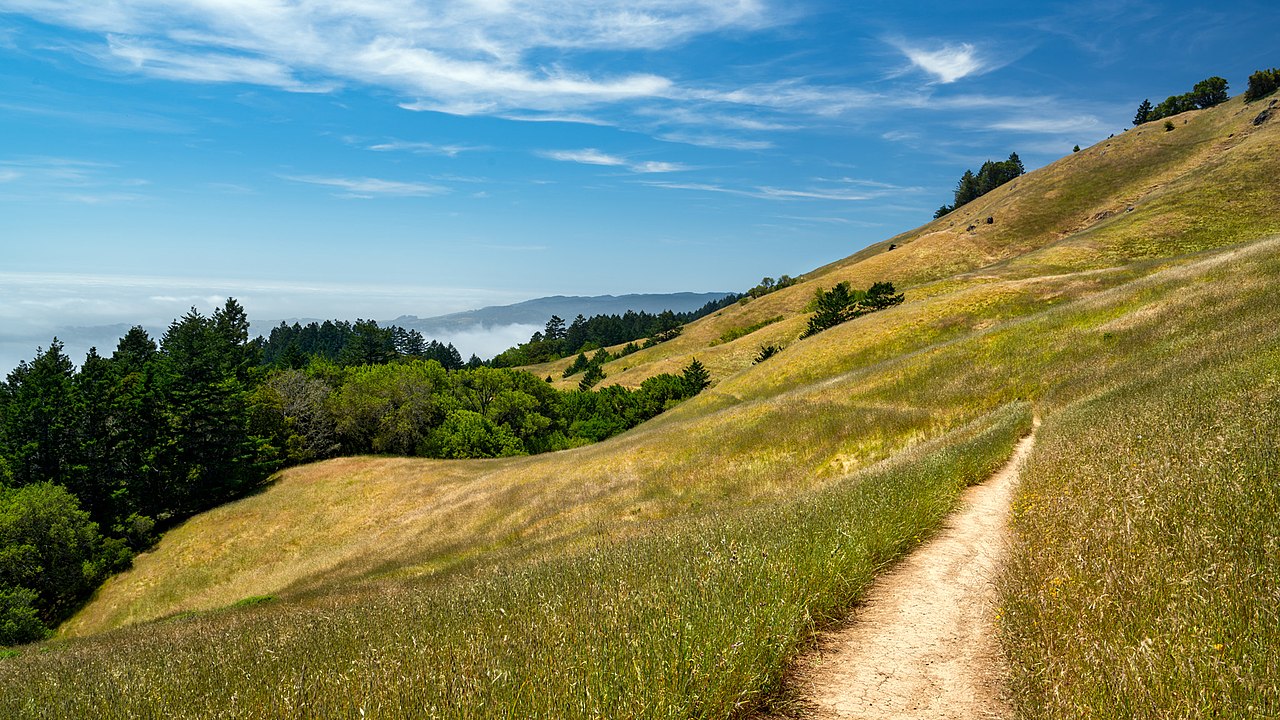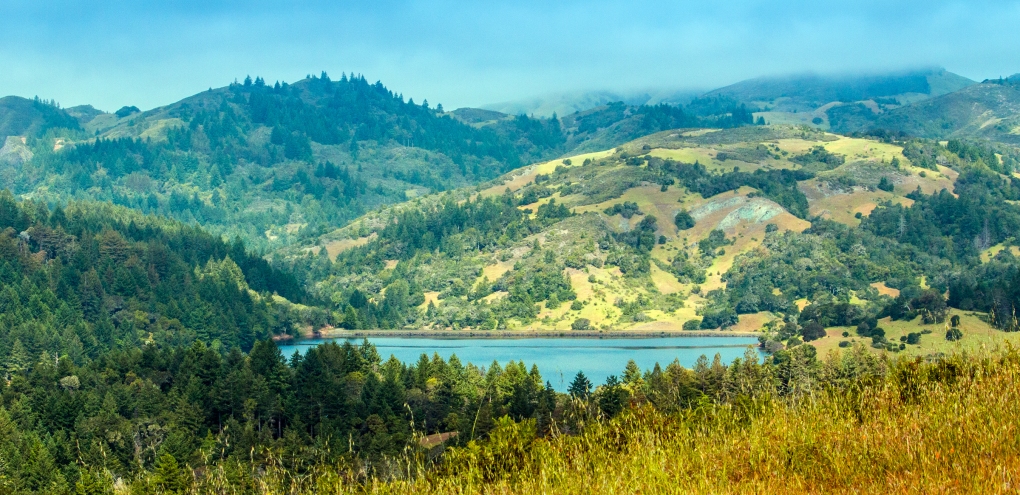11 Dec 2024

Tired Earth
By The Editorial Board

Remember that saying “think globally, act locally?” Since 1915, that slogan has nudged us to take shorter showers, compost and recycle bottles. These are just a few of the actions we now take for granted.
Then, came the environmental bombshell — climate change. Suddenly the alarm bell clanged louder, and the consequence of not heeding it became disastrous.
Now there’s an urgent need to maintain healthy biodiversity, which, it turns out, is a key factor in the fight against climate change.
Biodiversity supports everything we need to survive: air, water, food, medicine, shelter and even the economy. It’s all the life that coexists in an ecosystem, from microorganisms to plants to fungi to animals (including humans). Ecosystems can be super big or super small — as expansive as a desert and as tiny as a tidepool. String them all together and you have planet Earth.
Each species in an ecosystem plays a role in an intricate, balanced, beautiful “web of life.” Plants are particularly important. When one species struggles or disappears, the ripple effect can be serious and irreversible.
Take redwoods, for example. These iconic trees derive 40% of their water from fog, which has declined due to climate change. In a horrifying scenario of biodiversity loss, this could prove fatal to the trees, which would in turn affect every plant and animal in the redwood forest.
It brings to mind Ernest Hemingway’s two ways of going bankrupt: gradually then suddenly.

California is among the most biodiverse places on Earth, yet 30% of our native species are threatened with extinction. Forty percent of California’s plants grow nowhere else.
Marin boasts its own ecological thumbprint, unlike anywhere else on the planet — from our protected open spaces to the rare Tiburon mariposa lily that’s only found on Ring Mountain.
Unfortunately, the situation worldwide is alarming, as biodiversity is in steep decline. Globally, 1 million plants and animal species are threatened with extinction. We’ve altered 75% of land and 66% of marine locales. There are 20% fewer land-based native plants. Plastic pollution is 10 times worse than it was in 1980. Fertilizer runoff has created more than 400 ocean dead zones.
These unnerving statistics are due to some unfortunate but familiar factors: human consumption, pollution, a reduced number of protected areas, land and resource exploitation, and the introduction of invasive species. They’re also due to climate change, and therein lies the intersection of our two greatest environmental threats.
Biodiversity loss cannot be addressed without addressing climate change, and vice versa. Simply put, one leads to the other in a distressing chain of events. Remember that redwood forest? Climate change reduced the fog, which reduced the forest, which reduced its biodiversity, which reduced its ability to sequester carbon, which reduced its ability to mitigate climate change. The cycle continues in a hideous loop of loss that affects every living thing in its path.
That’s why biodiversity is in the news. We celebrate Biodiversity Day on May 22. The United Nations sponsors an annual biodiversity conference. Marin has a vegetation and biodiversity plan. California’s Biodiversity Initiative includes a plan to map California’s native plants and create a seed bank to protect them against extinction.

You can simultaneously help boost biodiversity and mitigate climate change by using sustainable, Earth-friendly techniques in your garden.
Nurture soil to benefit the incredible life it sustains above and below ground. Replace lawn to conserve precious water. Grow California native plants, a cornerstone of our ecosystem’s unique biodiversity. Remove invasive plants such as broom and pampas grass that overrun natives and increase fire risk. Create habitat for pollinators, beneficial insects and other wildlife. Solve garden pest and disease problems without resorting to chemicals that can have unintended consequences.
Together, these methods result in healthy landscapes teeming with life.
Acting locally is still our best move for addressing a serious global challenge.
Source : marinij.com
Comment